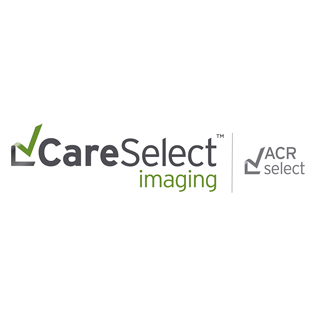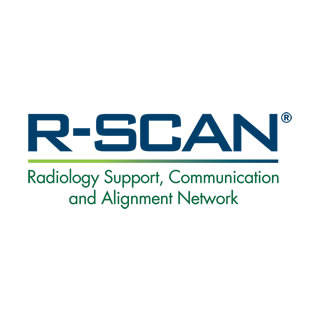 The Protecting Access to Medicare Act of 2014 (PAMA) requires an appropriate use criteria (AUC) consult to be performed via a Centers for Medicare and Medicaid Services (CMS) qualified clinical decision support mechanism (qCDSM) when a healthcare provider orders advanced diagnostic imaging for Medicare patients.
The Protecting Access to Medicare Act of 2014 (PAMA) requires an appropriate use criteria (AUC) consult to be performed via a Centers for Medicare and Medicaid Services (CMS) qualified clinical decision support mechanism (qCDSM) when a healthcare provider orders advanced diagnostic imaging for Medicare patients.
CMS Clinical Decision Support Program Paused — Not Repealed
The AUC-based CDS program is not cancelled or repealed. The 2024 Medicare Physician Fee Schedule final rule simply paused implementation while Congress considers legislative CDS improvements.
The American College of Radiology® (ACR®) will continue to work with Congress and CMS to eliminate the real-time claims processing requirement that has resulted in this pause.
ACR and CMS urge providers that have already implemented CDS to continue its use during this pause. The resources below can help practices and referring providers prepare to comply with the CMS mandate when it moves forward. For more information, see the PAMA/AUC page and listen to the AUC/CDS webinar on demand.
More Information
ACR staff prepared a brief history of CDS program regulations. Direct questions to PAMA-AUC@acr.org.

